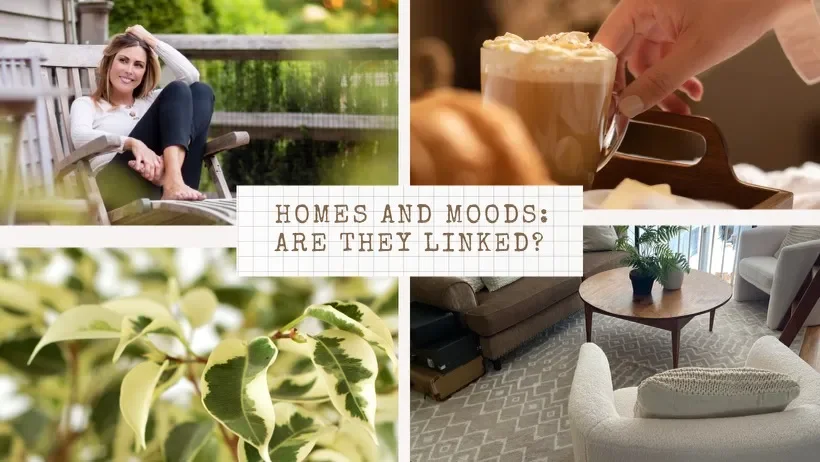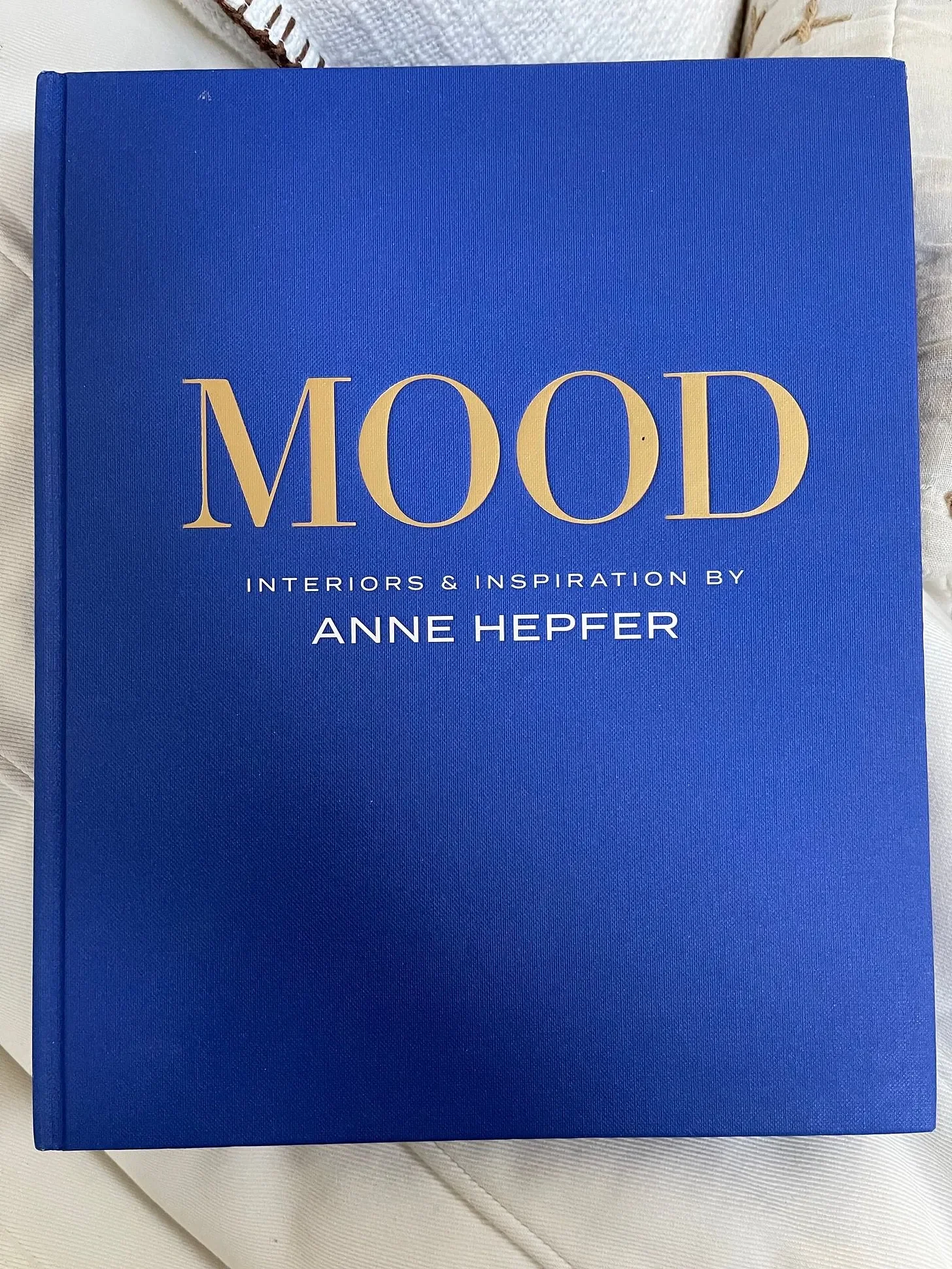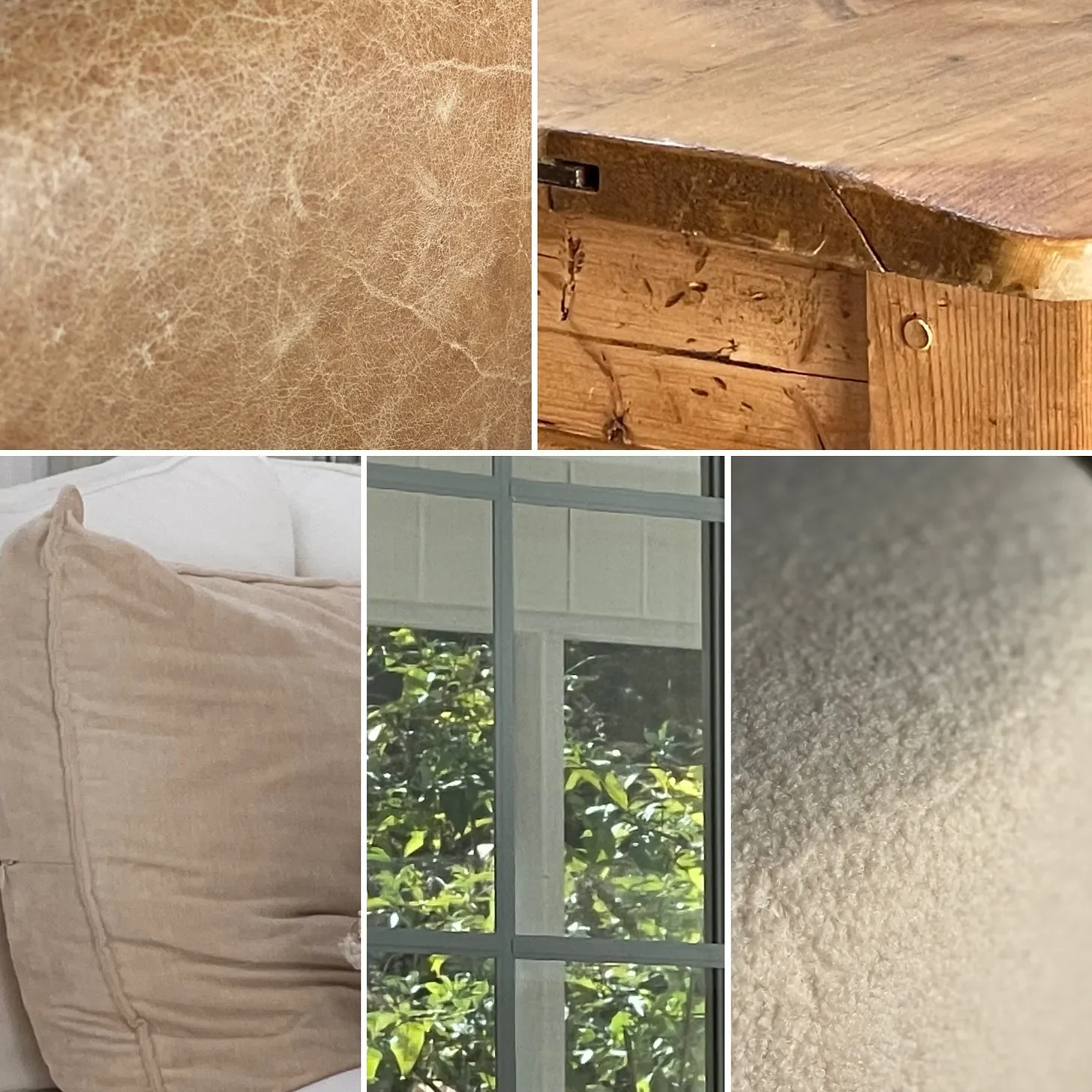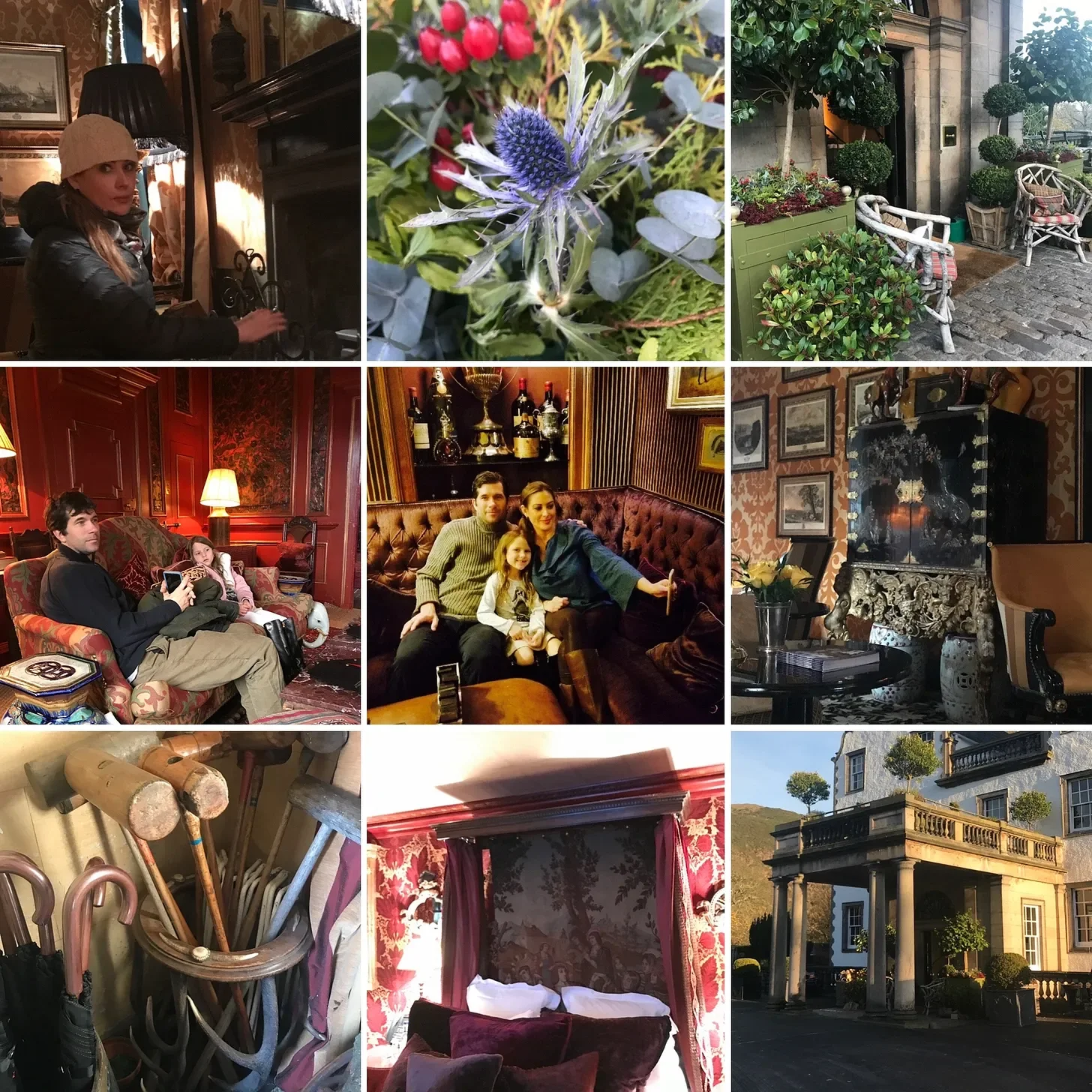How Does Your Home Make You Feel?
One of my favorite podcasts is Ballard Design's "How To Decorate."
I always enjoy the array of designers they invite onto the show, and I listen intently as they talk about their process and what makes their creative wheels turn.
Today I tuned in to Episode 273: Decorating with Emotion with Anne Hepfer. She's a fellow Canadian based out of Toronto, and has a brand new book out. Mood is a lot of things, including a design scrapbook, look book-- there are even recipes-- but what makes Anne's approach to design unique is how she leads with emotion when she works with her clients.
I bought her book as I was listening to the podcast so I could take a deeper dive into her interiors and read more about how she hones in on her client's preferences to determine what mood they want their new space to have.
She suggests focusing on how you see yourself living day to day, considering things like what you like to eat, your favorite trips or even fashion designers.
A review by Publisher's Weekly characterized Hepfer's approach in this way:
Designer Hepfer opens the door to the “many moods” a home can reflect in her lavish debut. As she writes, “We live in a stressed-out, fast-paced world.... To create a meaningful home, we must examine how we want to feel.”
So true!
The freshly edited minimalist might find meaning after losing the clutter and chaos their former maximalist interior featured. Or the reverse: the lover of all things layered responds with joy and productivity to the textiles and textures their previous stark, spartan home lacked.
CUBICOON is a blog that writes about architecture, design, and our spaces, and they have countless articles suggesting how it all impacts our wellbeing-- even our health. They make the argument that often we are not even conscious of it, or the degree to which it can be the case.
Psychology of Space: How Interior Design Affects Our Mood and Behavior
The psychology of space, or environmental psychology, refers to the interaction between people and the space they inhabit. How the human brain and cognition is affected by varying elements in that space.
Yes, you got that right. Our spaces should not only look good; they should also make us feel good.
Ok, let me give it a try.
How are my current surroundings making me feel right now?
THE SCENE
I'm in the family room and it's a weekend morning.
There is sunlight streaming through the windows; the couch pillows still have a dent in them, left by my husband who was sitting there a few minutes ago. The dog is sleeping quietly on her bed... no scratch that, she just moved to lounge in a sun puddle on the floor before I could get a picture. My daughter is chatting with her friends nearby while stringing beads for bracelets she says will be "inspired by November."
This area of the house is open concept, so I can see a lot. In fact, I just caught a glimpse of my shirtless teen getting ready to drive off to his baseball practice a couple of hours away. There are a lot of neutrals here: creams and whites, two well-worn caramel colored leather chairs, an oversized rustic wood coffee table, and an off-white sherpa ottoman that my slippered feet are resting on.
MY MOOD
I feel... good.
I'm calm, serene and at peace.
I am just kind of "being."
Now that I think back, that was kind of my goal for this shared family space. I was going for a casual, restful, yet inviting vibe. A place to sit alone or with a bunch of friends. A spot to stop and stay awhile, even nap if you need to, and an area that wouldn't create panic if (and when) something dropped or spilled. Nothing in this space is super expensive, a lot of it is collected and unique but far from priceless. If something needs replacing it isn't going to be a deal breaker and hopefully that aids in making it restful.
I had full control of this space and could make it exactly the way I wanted but I started thinking about other designs that have inspired me in the past. Designs I had nothing to do with, and how indelible they were for one reason or another.
As I was reflecting on this, a pre-COVID trip to Scotland suddenly popped into my head. I remembered how that vacation made me not only want to stay there forever, but to bring a bit of it home with me when I returned.
I brought back a Scottish wool blanket for my living room, pairing it with a crushed velvet crest pillow. I hung some chocolate taffeta drapes, and added fresh cut firewood next to the tufted green suede chair by the fireplace to attempt to emulate the vibe of the hotel we stayed in.
My "Scottish living room" wasn't exactly authentic Edinburgh, but to me, it at least feltlike it.
Now I have to show you the hotel that worked its magic on me, and you'll see why I want to keep capturing it's mood.
The Prestonfield House is truly exquisite and as I looked back through my photos and videos from our short visit I was brought right back to how I felt when I was there: delighted, intrigued, pampered, curious, in awe, grateful, happy, excited and honestly, a bit at home. My Dad's side of the family is of Scottish decent, and a lot of our relatives came from this very area.
While walking down memory lane, my daughter heard me playing the below video and she came running over and said,
"Mom, Scotland! I LOVED it there, especially THAT HOTEL!"
It left a mark on her too.
Watch below. We had just checked in, and I was rolling video to capture the room before everything got messed up. You can see how the decor is impacting us all in some way.
Kitty is giddy, and Kirt and I are taking it all in...
Kitty's mood was happy as she explored and discovered the room and jumped on her bed (sorry Prestonfield LOL) and started tucking in her twin baby dolls, Izzie and Lizzie. Even though she was only 6 the comfort of the room instantly made her feel at home.
For me I was taken by the design details, so my mood was a blend of curiosity, wonderment, and excitement. Whether it was the hotels leather walls, the dark heavy, luxurious layers, sumptuous fabrics, or the rare antiques I too, was in a mood of discovery and intrigue.
After a long day of travel, I was also grateful for the functional nature of the hotel room's design. I felt relief because thanks to the coziness of the room, promise of a good night's sleep seemed to be within reach.
In that moment, there was truly no better mood I could have hoped this design would bring.
LET'S DISCUSS
Design and emotion: how could they not correlate?
It certainly might be something to consider when you plan your next space, in fact, mood may one of the most important things to focus on.
Anne Hepfer says there are 7 key emotions a well-designed space should evoke: happy, relaxed, energized, cozy, sexy, tranquil, and nostalgic.
Let's chat in the comments below about which one you think your space is embodying-- or which one you wished it did.
xx Kerri-Lee






